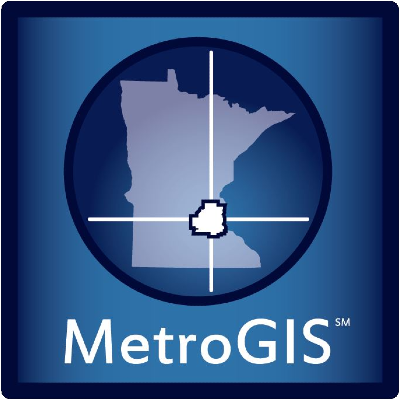Best Practices
In its efforts to develop consistent practices, facilitate data exchange between stakeholders and ensure data accuracy, the MetroGIS collaborative recommends the following best practices.
Shared Imagery Tiling Specification, Version 1.0
In March 2016, the MetroGIS Coordinating Committee approved a work team for developing a recommendation and a set of best practices for a Shared Imagery Tiling Specification. The document below is the result of this work team, and was adopted by the MetroGIS Coordinating Committee as a Best Practice Recommendation on October 13, 2016. Additional comments about the document are encouraged.
Document: Shared Image Tiling Specification, Version 1.0
Thematic Data Categories
The Minnesota Geospatial Commons uses the Minnesota Geospatial Data Categories; based on the Topical Category Definitions that are part of the ISO 19115 metadata standard. A few of the ISO categories have been expanded by the federal and state governments to provide meaningful categories at the local level. The DataFinder ISO Compliant Theme Categories document describes these theme categories in detail:
Document: Thematic Data Categories ISO Compliant Themes
Metadata Guidelines
MetroGIS has endorsed the Minnesota Geographic Metadata Guidelines for use by its stakeholders. These guidelines provide a common approach for documenting all types of geographic data. They have been designed to be straightforward, intuitive and complete and are based on the 1993 standard developed by the Federal Geographic Data Committee: Content Standard for Digital Geospatial Metadata.
Document: FDGC_Content Standard for Digital Geospatial Metadata
In developing guidelines for Minnesota the Minnesota Governor’s Council GIS Standards Committee sought to create a streamlined implementation of the federal standard that retains the essence of its original content.
Document: Minnesota Geographic Metadata Guidelines
Metro-Wide Coordinate System
MetroGIS has endorsed the following Metro-Wide Coordinate System as the best practice guideline for the transfer of GIS layers for use by its stakeholders:
Coordinate System: Universal Transverse Mercator (UTM)
Projection: Universal Transverse Mercator (UTM)
Zone: 15
Units: Meters
Datum: North American Datum 1983 (NAD83)
National Standard for Spatial Data Accuracy (NSSDA)
The National Standard for Spatial Data Accuracy (NSSDA) was originally adopted by the Federal Geographic Data Committee (FGDC) in 1998 for use by federal agencies. The State of Minnesota adopted it in June 2000 for use by its agencies. The NSSDA provides a well-defined statistical and testing methodology for positional accuracy of maps and geographic data. This methodology compares dataset coordinate values with other coordinate values from a higher accuracy source for points that represent features readily visible or recoverable from the ground.
Links for Spatial Data Accuracy
Document:
Geospatial Positioning Accuracy Standard, Ch. 3 National Standard for Spatial Data Accuracy
Document:
MnGeo Standards Committee Positional Accuracy Handbook
MnGeo Standards Committee:
http://www.mngeo.state.mn.us/committee/standards/index.html
Minnesota Land Cover Classification System (MLCCS)
The Minnesota Department of Natural Resources along with other federal, state, regional and local units of government, have developed the Minnesota Land Cover Classification System (MLCCS), a natural resource inventory classification system to accurately map all land cover types. The system is unique in that it categorizes urban and built-up areas strictly in land cover terms and that it emphasizes vegetation land cover instead of land use; a useful tool for resource managers and planners.
For natural resources the system fully incorporates the Minnesota Natural Heritage native plant community types and the newly developed National Vegetation Classification Standard (NVCS).
